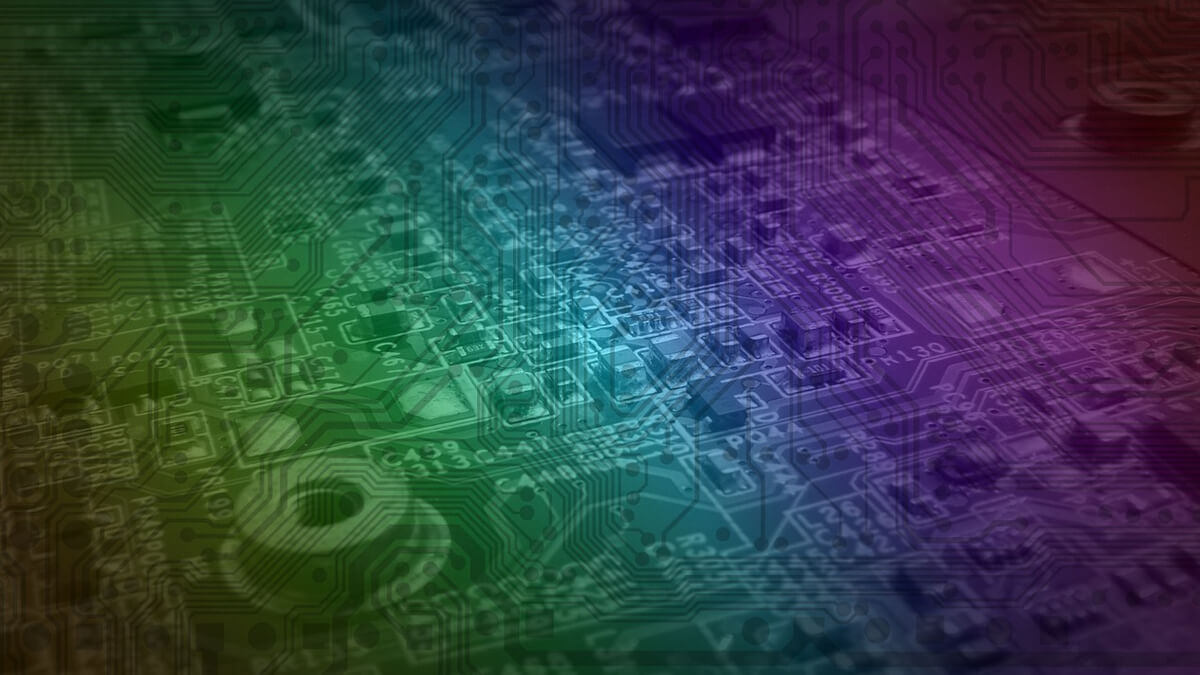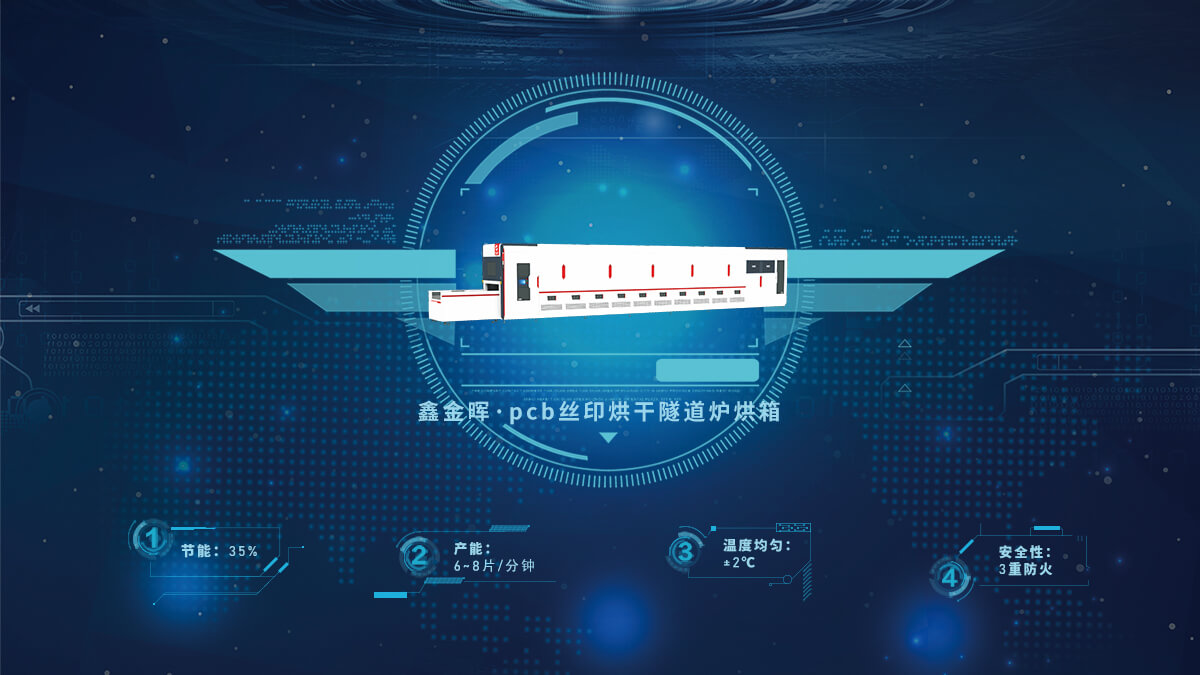This article provides you with a comprehensive introduction to PCB circuit board baking process requirements and energy-saving recommendations. With the increasingly serious global energy crisis and the strengthening of environmental regulations, PCB manufacturers have put forward higher requirements for the energy-saving level of equipment. Baking is an important process in the PCB production process. Frequent applications consume large amounts of electricity. Therefore, upgrading baking equipment to improve energy conservation has become one of the ways for PCB board manufacturers to save energy and reduce costs.
The baking process almost runs through the entire process of PCB circuit board production. The following will introduce you to the baking process requirements for PCB circuit board production.
1. The process steps required for baking PBC boards
1. Lamination, exposure, and browning in the production of inner layer panels require entering the drying room for baking.
2. Targeting, edging and grinding after lamination are required to remove moisture, solvent and internal stress, stabilize the structure and enhance adhesion, and require baking treatment.
3. The primary copper after drilling needs to be baked to promote the stability of the electroplating process.
4. Pre-treatment, lamination, exposure and development in outer layer production all require baking heat to drive chemical reactions to improve material performance and processing effects.
5. Printing, pre-baking, exposure, and development before solder mask require baking to ensure the stability and adhesion of the solder mask material.
6. Pickling and printing before text printing requires baking to promote chemical reaction and material stability.
7. Baking after surface treatment of OSP is crucial to the stability and adhesion of OSP materials.
8. It must be baked before molding to ensure the dryness of the material, improve the adhesion with other materials, and ensure the molding effect.
9. Before the flying probe test, in order to avoid false positives and misjudgments caused by the influence of moisture, baking processing is also required.
10. Baking treatment before FQC inspection is to prevent moisture on the surface or inside the PCB board from making the test results inaccurate.
2. The baking process is generally divided into two stages: high-temperature baking and low-temperature baking:
1. High-temperature baking temperature is generally controlled at around 110°C, and the duration is about 1.5-4 hours;
2. Low-temperature baking temperature is generally controlled at around 70°C, and the duration is as long as 3-16 hours.
3. During the PCB circuit board baking process, the following baking and drying equipment needs to be used:
Vertical, energy-saving tunnel oven, fully automatic cycle lifting baking production line, infrared tunnel oven and other printed PCB circuit board oven equipment.
Different forms of PCB oven equipment are used for different baking needs, such as: PCB board hole plugging, solder mask screen printing baking, which requires large-volume automated operations. Energy-saving tunnel oven ovens are often used to save a lot of manpower and material resources while achieving high efficiency. Efficient baking operation, high thermal efficiency and energy utilization rate, economical and environmentally friendly, is widely used in the circuit board industry for solder mask pre-baking and text post-baking of PCB boards; secondly, it is more used for baking and drying of PCB board moisture and internal stress. It is a vertical hot air circulation oven with lower equipment cost, small footprint and suitable for multi-layer flexible baking.
4. PCB circuit board baking solutions, oven equipment recommendations:
To sum up, it is an inevitable trend that PCB circuit board manufacturers have higher and higher requirements for energy-saving levels of equipment. It is a very important direction to improve energy saving levels, save costs and improve production efficiency through upgrading or replacing baking process equipment. Energy-saving tunnel oven ovens have the advantages of energy saving, environmental protection, and high efficiency, and are currently widely used. Secondly, hot air circulation ovens have unique advantages in high-end PCB boards that require high-precision and cleanliness baking such as IC carrier boards. In addition, they also have infrared rays. Tunnel furnaces and other oven equipment are currently relatively mature drying and curing solutions.
As a leader in energy conservation, Xinjinhui continuously innovates and carries out efficiency revolution. In 2013, the company launched the first-generation PCB text post-baking tunnel-type screen printing oven tunnel oven, which improved energy-saving performance by 20% compared with traditional equipment. In 2018, the company further launched the second generation PCB text post-baking tunnel oven, which achieved a leapfrog upgrade of 35% in energy saving compared to the first generation. In 2023, with the successful research and development of a number of invention patents and innovative technologies, the company’s energy-saving level has increased by up to 55% compared with the first generation, and has been favored by many top 100 companies in the PCB industry, including Jingwang Electronics. These companies have been invited by Xin Jinhui to visit and communicate with the factory test panels. In the future, Xinjinhui will also launch more high-tech equipment. Please stay tuned, and you are also welcome to call us for consultation and make an appointment to visit us for face-to-face communication.
Post time: Mar-11-2024


